When I was a teenager traveling around teaching Bible clubs, it seemed a lot easier to spend time in the Bible and journal about what I learned. I enjoyed spending that quiet time in my room after teaching clubs all day. Now that I have seven noisy children, I tend to fall into bed at the end of the day, sometimes accompanied by my three-year-old. My best intentions for Bible study sometimes left me looking at my Bible wondering what to read. So, I decided to create a system that would give me structure and require some feedback so I would truly benefit from my time in the Scriptures.
I came up with some simple questions to answer when I read a passage. Let’s take a look at them. Sorry, they don’t fit into a neat little acronym, but regardless, I think they will direct you to a closer walk with YHVH. Hopefully they will help you to get much more out of your Bible study time, too. You can use a notebook or journal for these questions (yes, I expect you to write down the answers) or you can use the nifty journal I developed just for this. I’ll tell you about it at the end of the post.
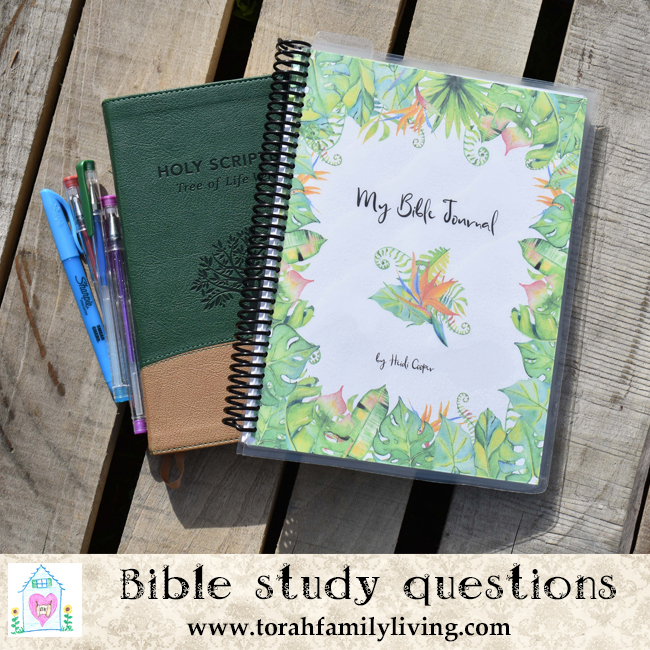
Write the reference
Sometimes the hardest part of Bible study for me was deciding where to read. The Bible is a pretty big book! I found a cool solution on Pinterest! Just search for Scripture writing challenge. Lots of bloggers have begun creating free printables with passages of Scripture for each day of the month. Some are themed, and some are seasonal. They are usually 4-6 verses long, which is a great length for this Bible study method. I have a board on Pinterest, Scripture study and journaling, where you will find plenty of these printables.
You can also work your way through a book of the Bible. I recommend that you only work with part of a chapter at a time. Anything longer than about 10 verses at a time will probably bog you down, and we don’t want that.
Once you have selected the passage you are going to study and have written down the reference, read through the passage. If you can read it aloud, even better. Bonus points if you are able to read it in more than one translation.
Copy the passage
You saw it coming, right? If Scripture copywork is good for your kids, it’s good for you. You need to use more of your brain, especially when handling Scripture. I don’t know about you, but I can literally read an entire chapter or two of Scripture, look up, and wonder what I just read. My brain was processing the words on the page, but my conscious thoughts were in a completely different place. Should I be focusing better? Sure! I’m just saying it like it is.
Do you see now why I wanted you to keep the passage short? Four to six verses is a nice length to copy without it feeling like a college essay. Once you have copied the passage in your notebook, you will have read through the passage at least three times. We are kicking mommy brain to the curb here! We are being realistic about any focus issues and feeding Scripture in several different ways.
Look for cross references
Looking for cross references can be super fun! Sometimes, you may think of another passage as you are reading it. That is great! List the reference here. If you need a little help, you can check if your Bible lists cross references. My favorite book for this purpose is “Treasury of Scripture Knowledge.” Its’ sole purpose is to give you cross references, 550,000 of them. You simply look up the book, chapter, and verse, and it will give you several cross references. Start looking them up. Sometimes you might not see a connection. That’s okay! Just check a few more. There’s bound to be one or two that speak to you. List them here! Since the passages are connected in some way, they will help you to understand each other.
Wow! Now you’ve read the main passage 3-4 times, and probably 2-3 more passages!
List any positive or negative commands
The Bible is a book of action, and I have rarely come across a passage that didn’t have at least one action that I would be wise to follow, or not follow, as the case may be. Train yourself to look for the action in a passage. Start at the beginning of the passage, and write down exactly every command you find. Keep in mind that they aren’t going to be limited to shalls and shall nots. Sometimes they say – rejoice evermore, or praise YHVH. Again, write exactly what you see. Don’t interpret.
Be sure to look for negative commands, like – do not fear.
How many times have you read the passage now? wink
List any positive or negative examples
If you don’t see commands, you may see positive or negative examples in a storyline. What did the people do? Can we see the consequences for their choices? List those here. Sometimes, you might write – the psalmist called on YHVH and waited patiently for an answer. You get the idea.
Look for descriptions of YHVH’s character
Psalms is a great place to practice looking for YHVH’s character. How is He described? A shield? A fortress? What actions does He take? Does He deliver? Does He hear? List all of these here.
Look for references to Messiah Yeshua
In an time when so many are turning their backs on Messiah, it is absolutely critical to learn just what Scripture says about Yeshua. Always look for messianic references when you read. Look for mentions of Yeshua. If you are reading about His life in the New Testament, write down what He does and how He acts.
What specific changes do I need to make to match what I see in Scripture?
Now that you have built a solid foundation with this passage, it’s time to evaluate yourself and determine where you need to change. Scripture doesn’t change to match us. We need to change to match it. The book of James describes Scripture study as looking at a mirror. A fool sees their messy appearance and walks away. We want to be wise, and change as a result of our time in Scripture.
Be sure to be specific. We don’t change by saying that we need to pray more. We change by saying that we will develop a habit of praying when we first wake up in the morning, etc. See the difference? Write it down! Then you can go back through your notebook and be reminded of the changes you need to make.
Does this seem like a lot to do? When done right, it can take a bit of time. But, that’s okay! We want our Bible reading to be more than reading words on a page. Don’t be afraid to take a few days for one passage. I often get about half way through a passage, and save the rest for the next day. That’s okay. You have that much more time to meditate on Scripture. My personal rule is that I don’t start a new passage until I have answered all the questions for the current passage. It helps me to be thorough.
And that’s it! I hope this method of writing answers will help you to go deeper and use your time wisely when you are able to sit down for a few minutes with your Bible.
Would you like to make this even easier, and prettier? I created a Bible study journal filled with these specific questions. It’s so pretty that I look forward to opening it up and filling up another page. Each passage has a two page spread with plenty of room to write your answers. You can find it in the store here.
What Bible study methods have you found helpful?


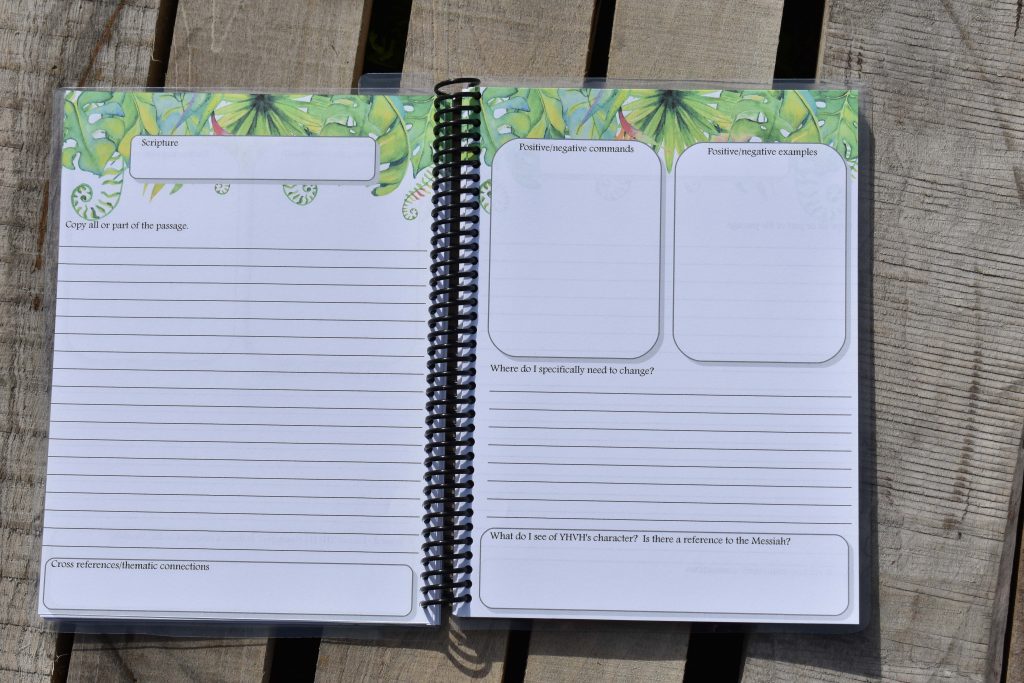


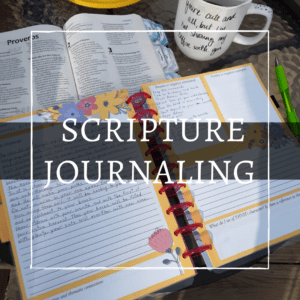
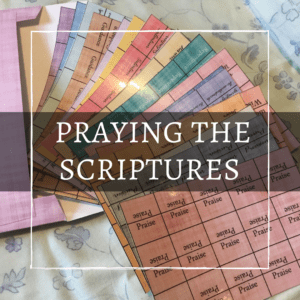
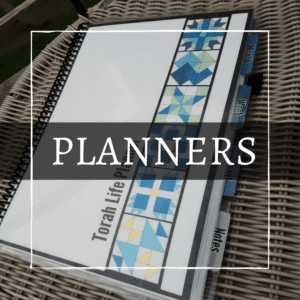





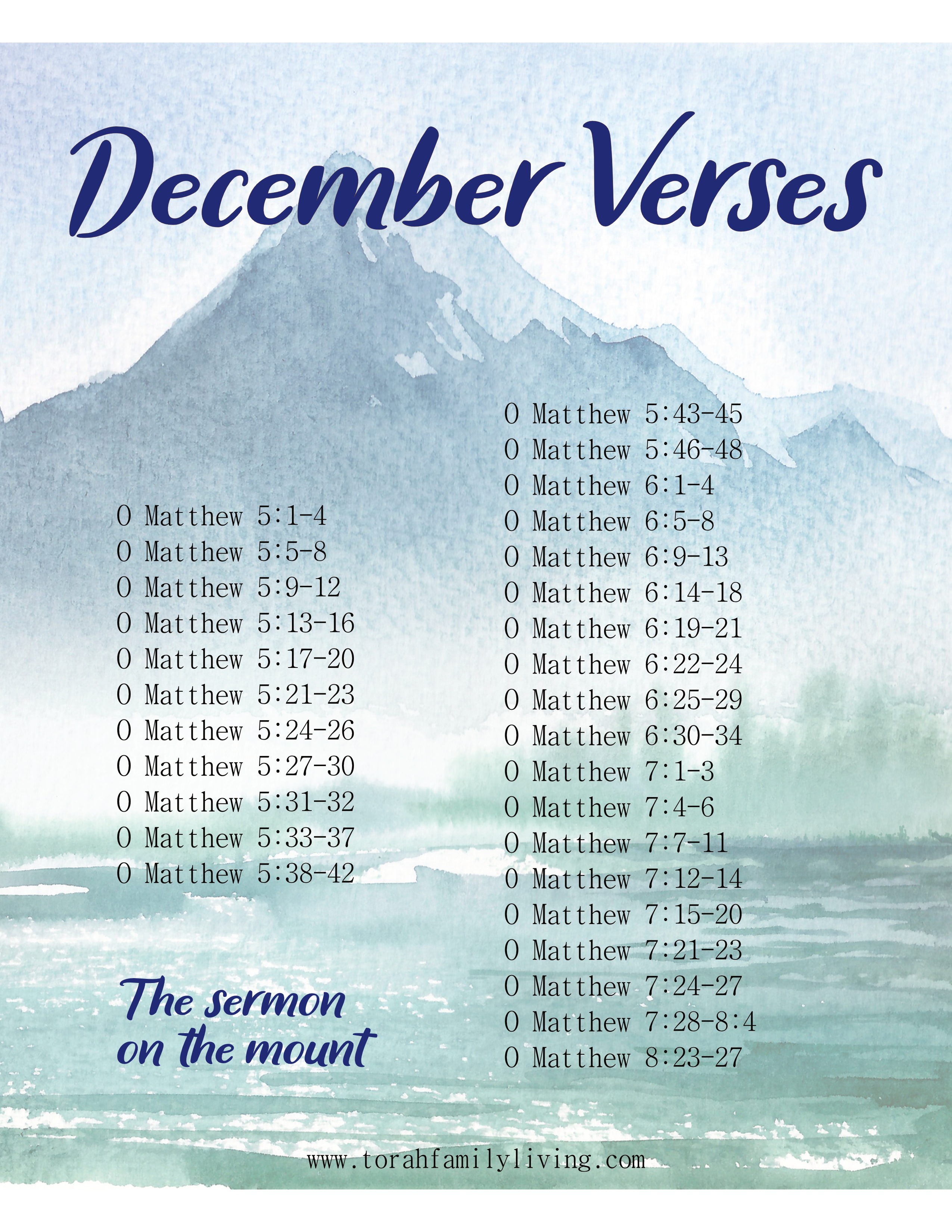
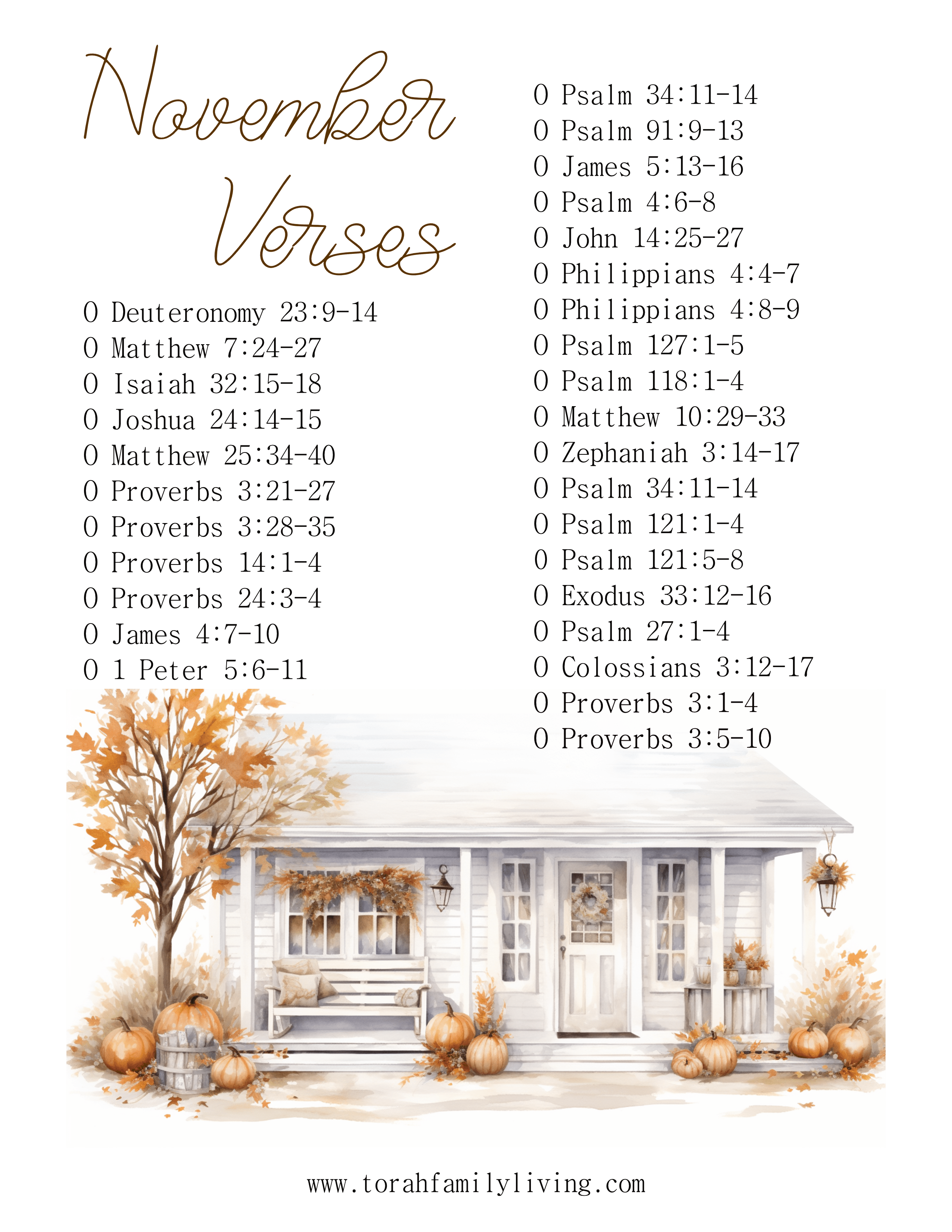

One Response